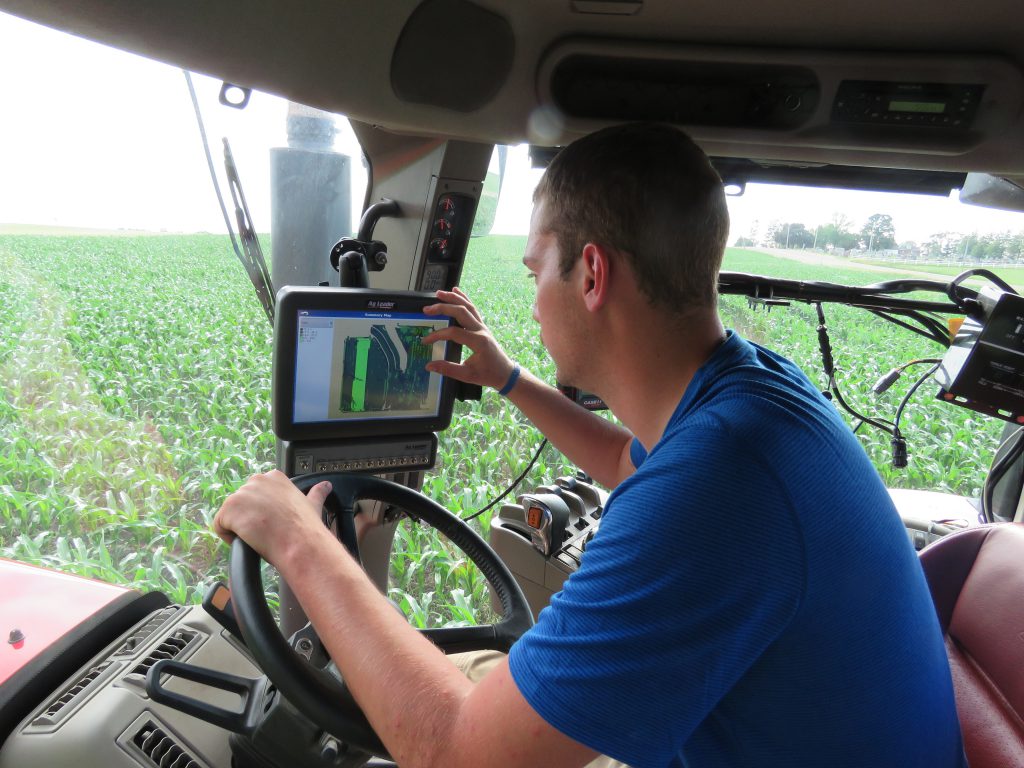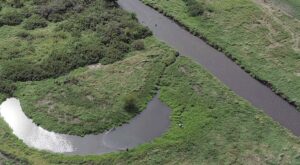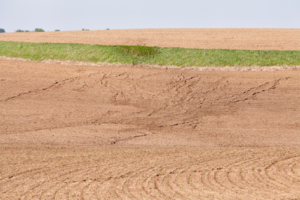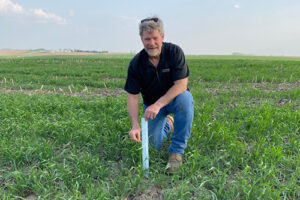By: 4R Plus
June 2019

Ownership of Iowa farmland is increasingly shifting to landowners with little to no understanding of the conservation practices that improve soil resiliency, said Wendong Zhang, Ph.D., an assistant professor of economics at Iowa State University. He encourages tenants to communicate with landowners and share what‘s happening on the land to bridge the divide.
Farming is complex and conservation practices add another layer to the challenges of communicating what tenants are doing or want to do to improve the land, Zhang explains. “When you ask landowners if they want to sustain the land and improve long-term soil health and water quality, they are in agreement,” he said. “But they may not understand what that means for the tenant in terms of investment in different machinery for tillage, for example.”
Zhang encourages tenants to communicate at least quarterly with their landowner, whether it’s a written report, a video or conversation on the phone. “Start with the basics and use the information you already have access to,” he said. “Explaining how you grow the crop and what you would like to add to the land, such as a cover crop and the expected benefit, like improving soil health or controlling erosion, would keep the landowner engaged in their investment. This helps build trust.
“Once you start the conversation, let the landowner know about government programs that provide assistance and outline all of the costs associated with the practice,” he said.
Zhang’s role as the lead researcher of the Iowa Land Value Survey and the Iowa Farmland Ownership and Tenure Survey provides him with a wealth of data that demonstrates a changing landscape in farm ownership. This knowledge can help tenants tailor the information that is shared or in the manner in which it’s shared.

One of the most prominent changes he has witnessed is the continuation of the aging of landowners. In 2017, the survey showed 60% of land was owned by those 65 years old and above, up from just a third in 1982.
The second most prominent change he notes is an increase in institutional ownership. “Thirty-four percent of landowners have no farming experience, with 20% held in trusts and 10% held by corporations,” he said. “From the tenant’s perspective, it’s important the information that is shared with the landowner is easily understandable.”
While Zhang says more work needs to be done to provide region-specific data on certain conservation practices, he encourages tenants to be creative in providing information about practices. “If you have collected data on how cover crops solved a problem on land you own or can get that information from a farmer in your area, it can be powerful to share,” he said.
He encourages tenants to talk to landowners about performing trials on the rented land to demonstrate benefits of conservation practices. “A landowner is more likely to add cover crops on a portion of a field than whole fields,” he said. “This is a good way to start measuring progress.”
Landowners should also engage with tenants about conservation programs and practices. “Try to understand what the private costs are that each entail and think about whether it makes sense to help share adoption costs with your tenants to get things going, as well as offering longer leases,” he said.
Zhang acknowledges the current farm economy has forced farmers to trim costs associated with growing crops, but he says if tenants remain in regular communication with landowners and show they are interested in making land improvements, progress can be made improving soil health and water quality.
Tenants and landowners may use 4R Plus materials when communicating to each other about conservation and nutrient stewardship practices. These materials help explain why various practices are used on Iowa farms to improve soil health and water quality.
- Click here to view three videos explaining the benefits of conservation practices on Iowa land, as well as written descriptions of various practices.
- Click here for a view explaining the benefits of nutrient stewardship, as well as written descriptions of the 4Rs.
- Click here to watch a video explaining the Iowa Nutrient Reduction Strategy.



